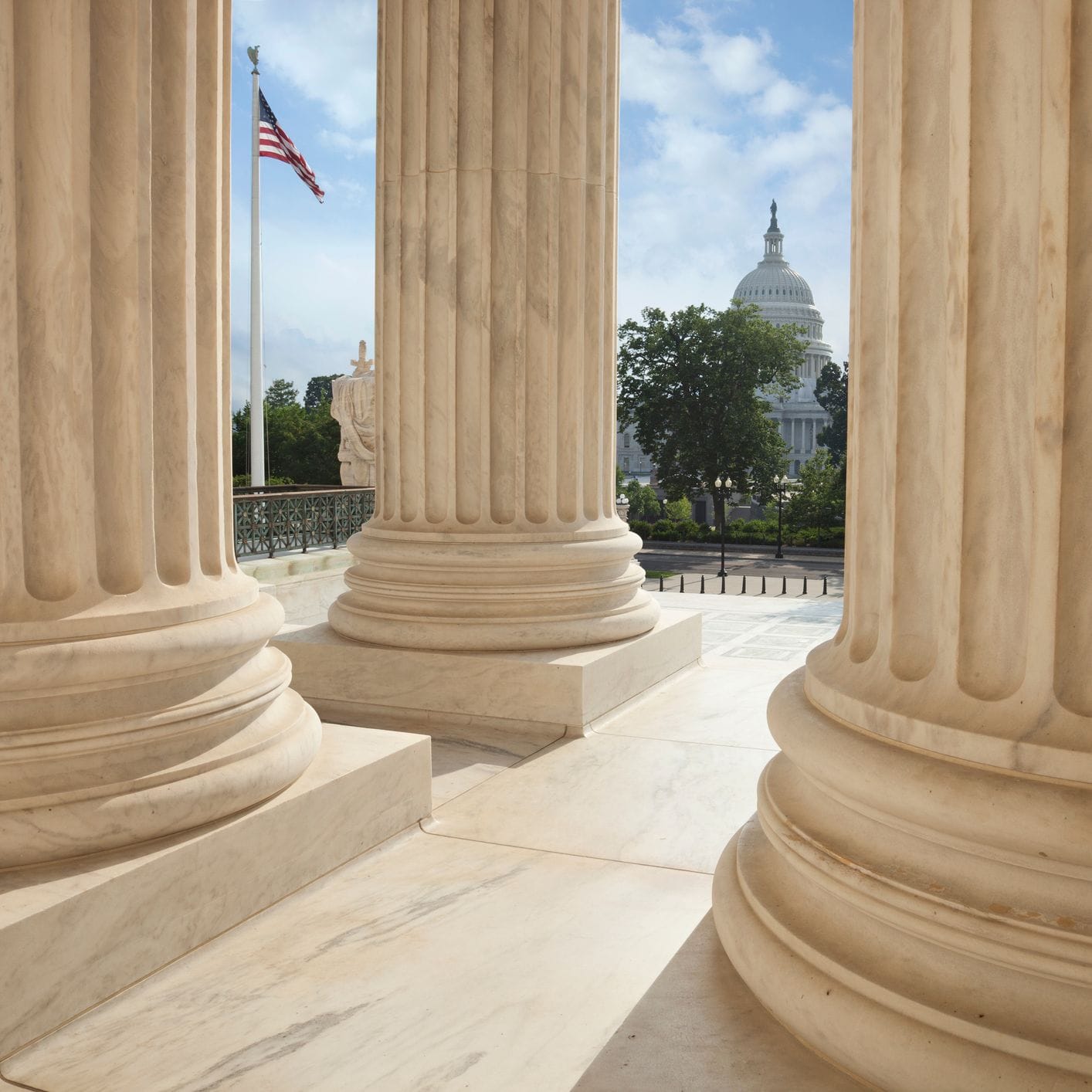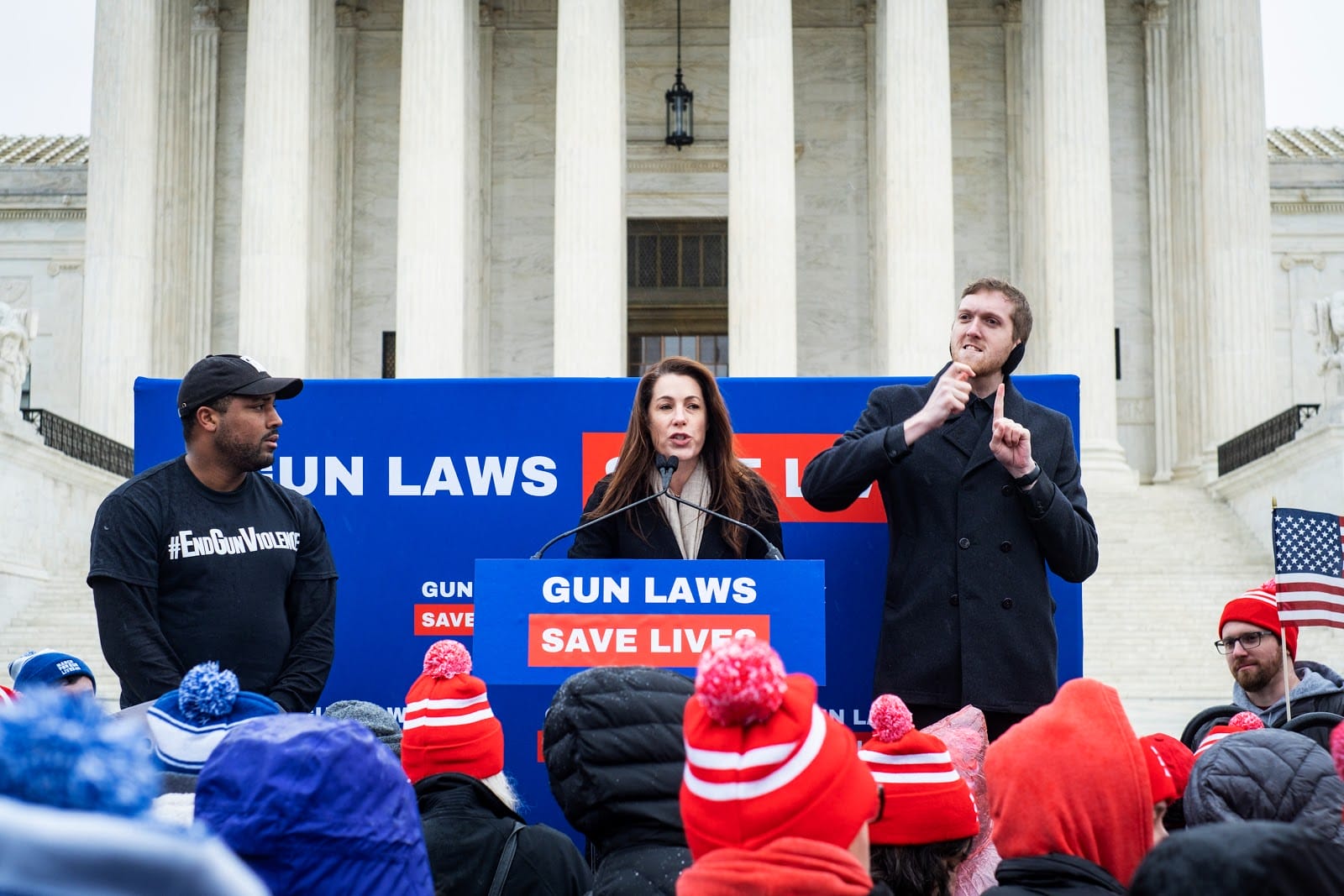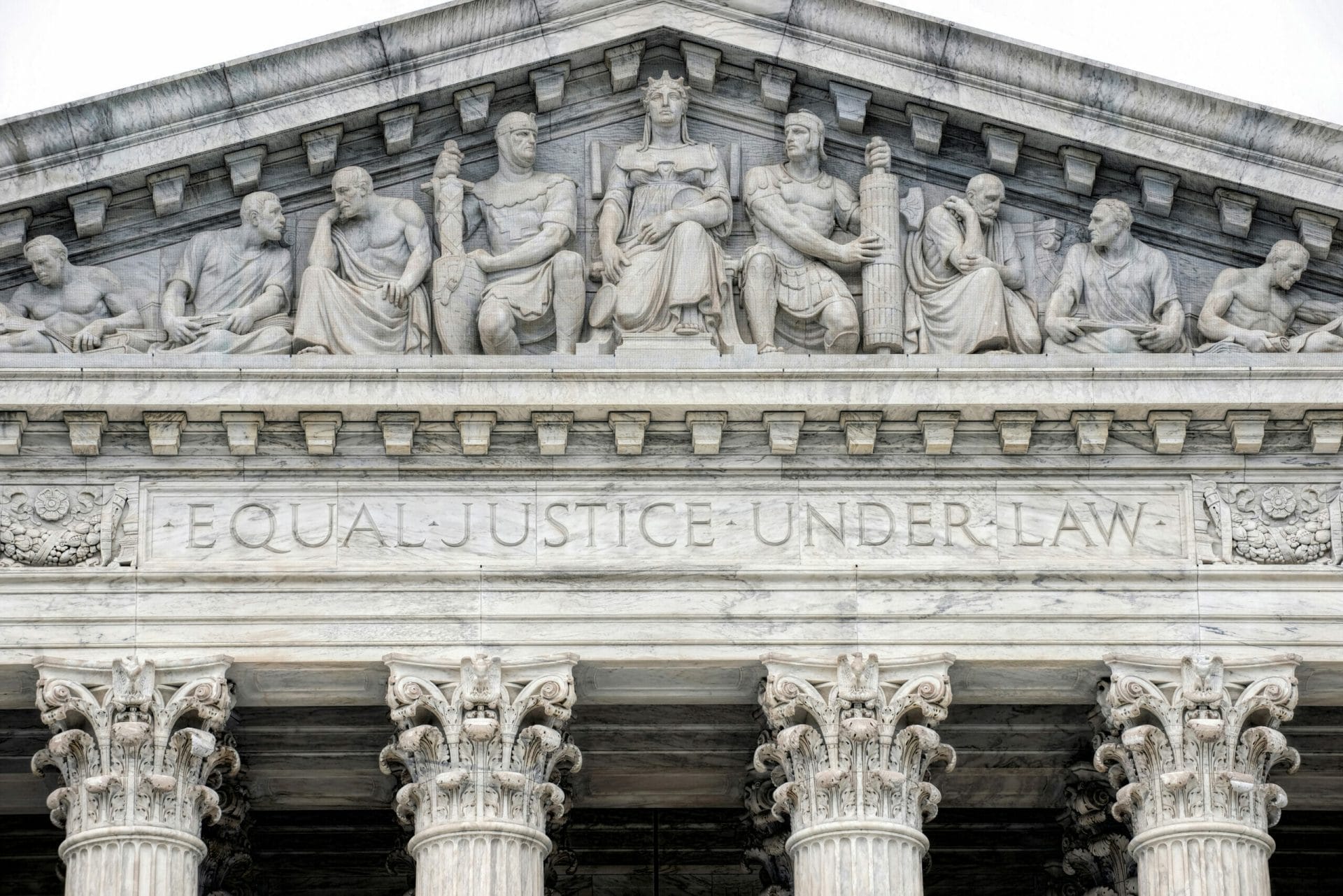
Second Amendment Challenges following the Supreme Court’s Bruen Decision
Introduction
One year ago, the Supreme Court issued its decision in NYSRPA v. Bruen, the most important Second Amendment case the Court has decided in more than a decade. The Court’s decision has led to an unprecedented number of challenges to firearms laws across the United States and has raised questions about what measures federal, state, and local governments can use to address the epidemic of gun violence in America.
Bruen has caused a great deal of confusion and disruption as lower federal courts struggled to follow the new methodology it mandated. But, our analysis shows that even after Bruen, courts are upholding state, federal, and local gun laws against Second Amendment challenges. Most courts have recognized that, when properly applied, Bruen allows for a wide range of gun violence prevention laws.
At the same time, a small number of ideologically-driven judges have weaponized Bruen to strike down long-standing gun laws. The Supreme Court needs to step in to correct these outlier decisions and make clear that Bruen does not prevent legislators from exercising their traditional powers to enact commonsense gun laws that will save lives.
NYSRPA v. Bruen
On June 23, 2022, the Supreme Court issued its decision in New York State Rifle & Pistol Association Inc. v. Bruen. In a 6-3 ruling, the Court struck down New York’s century-old public carry licensing law and announced a radical new framework for evaluating Second Amendment challenges. The Court held that the Second Amendment protects the right to carry a loaded handgun in public for self-defense, and it concluded that New York’s public carry law, which required New York residents to demonstrate “proper cause” to obtain a concealed carry license, violated this newly declared Second Amendment right.
The Court announced a radical new test for lower courts to use when considering Second Amendment challenges to federal, state, and local gun laws. Previously, courts had almost universally applied balancing tests to Second Amendment challenges, weighing the government’s public safety interests that support reasonable gun laws against an individual’s Second Amendment rights. Courts have long used such balancing tests for analyzing other constitutional rights, including First Amendment rights and equal protection rights under the Fourteenth Amendment.
Writing for the six-justice conservative majority, Justice Thomas rejected these balancing tests, which are also commonplace in other areas of constitutional law. Instead, the Court announced the following new test:
At the same time, the Court made clear that various gun laws would withstand scrutiny under this newly-announced test. For example, the Court compared New York’s public carry law to other states that use objective standards for evaluating applicants for concealed carry permits and indicated that these other state laws would withstand scrutiny under the Second Amendment. In a separate concurring opinion, Justice Kavanaugh observed that the Second Amendment allows for a “variety” of gun regulations, including those protecting “sensitive places.”
In his dissenting opinion, Justice Breyer criticized the majority’s new test and its problematic focus on history. As Justice Breyer correctly observed, judges are not “accustomed to resolving difficult historical questions. Courts are, after all, staffed by lawyers, not historians.”
Indeed, we have already seen judges grappling with their newly assigned role as arbiters of legal history. For example, in United States v. Bullock, the court asked the parties whether it should appoint a historian as an expert witness in order to assist in the Bruen analysis. In its order, the court noted that “[h]istorians have been unsparing in their criticism of [Bruen],” and provided representative quotes from historians characterizing the decision as “an ideological fantasy” with “no method to it, nothing but inconsistency and caprice.”1
Similarly, in United States v. Kelly, the court set out in plain terms the logistical nightmare Bruen presents for trial courts: “The Department of Justice filed firearms-related charges in upwards of 13,000 criminal cases during the 2021 fiscal year. Every one of those cases involved government regulation of arms and therefore at least potentially implicated Bruen, by that case’s own terms.”2 As the court explained, “while the Supreme Court’s jurisdiction is mostly discretionary, the district courts’ is not. Pending gun cases must be decided, which means, now, that they must be decided through the methodology set forth in Bruen, whether the courts are actually well-suited to that inquiry or not.”
Gun Laws Stand Strong
In Bruen’s aftermath, we have seen an unprecedented number of lawsuits filed challenging a wide range of local, state, and federal gun laws.
According to our analysis, there have been more than 450 decisions analyzing Bruen in a Second Amendment challenge to a gun law. As a point of comparison, in the year after Heller was decided, courts issued approximately 175 decisions applying Heller in a Second Amendment challenge to a gun law. Thus, there have been more than double the number of Second Amendment cases under the first year of Bruen than there were under the first year of Heller.
Source
Jake Charles, “By the Numbers: How Disruptive Has Bruen Been?” Duke Center for Firearms Law, March 27, 2023, https://firearmslaw.duke.edu/2023/03/by-the-numbers-how-disruptive-has-bruen-been/.
Despite the unprecedented number of challenges, in the vast majority of cases, courts are upholding state, federal, and local gun laws. In their decisions, these courts properly recognized that Bruen does not prevent legislators from passing traditional, commonsense gun violence prevention laws.
According to Jake Charles, a Second Amendment scholar at Pepperdine University, courts have upheld gun laws from Second Amendment challenges post-Bruen in approximately 88% of cases.3 The numbers are even stronger in the criminal context, where courts have upheld gun laws challenged in criminal cases in approximately 93% of cases.
These numbers show that, when properly applied, Bruen still allows for a wide range of gun violence prevention laws. Even after Bruen, courts have upheld commercial regulations of firearms, assault weapon and large-capacity magazine restrictions, ghost gun restrictions, sensitive place laws, permit and licensing laws, and many others.
For example, in United States v. Tilotta, the court rejected a Second Amendment challenge to several federal laws regulating the commercial sale of firearms. Importantly, the court recognized that Bruen’s text-and-history approach places the initial burden on a challenger to explain how their proposed course of conduct fits within the Second Amendment’s plain text. The law’s challenger failed to show that the Second Amendment’s plain text protects a right to sell firearms, the court found. As the court explained, a person “could not reasonably argue that Bruen stands for the idea that the Second Amendment right is unfettered and that Congress or state legislatures are powerless to regulate firearm possession, much less firearm sales. Further, simply because a law involves firearms does not mean that the Second Amendment is necessarily implicated.”
Even when courts have proceeded to the historical inquiry under Bruen, many have still upheld modern gun violence prevention laws by tracing their lineage to relevantly similar historical laws. In NRA v. Bondi, the Eleventh Circuit upheld the Marjory Stoneman Douglas High School Public Safety Act, Florida’s minimum age law for purchasing firearms that was passed in the wake of the Parkland shooting. The court used history to show how state legislatures have responded to public outcry to address gun violence, citing state and local laws from throughout the 19th century that placed limits on possession and carrying of weapons by young adults.
Bruen has been “extremely disruptive,” forcing courts to reevaluate many previously decided cases. However, courts that apply Bruen properly have upheld traditional firearms restrictions.
Radical Outlier Decisions
In a minority of cases, judges have weaponized Bruen to strike down long-standing gun safety laws despite their historical pedigree.
From the date Bruen was decided through February 2023, there have been only 31 instances where federal courts have found gun laws violated the Second Amendment. Concerningly, our analysis shows the impact of political ideology on these decisions: A stunning 87% of those decisions were written by judges appointed by a Republican president—42% of them from judges appointed by former President Trump.
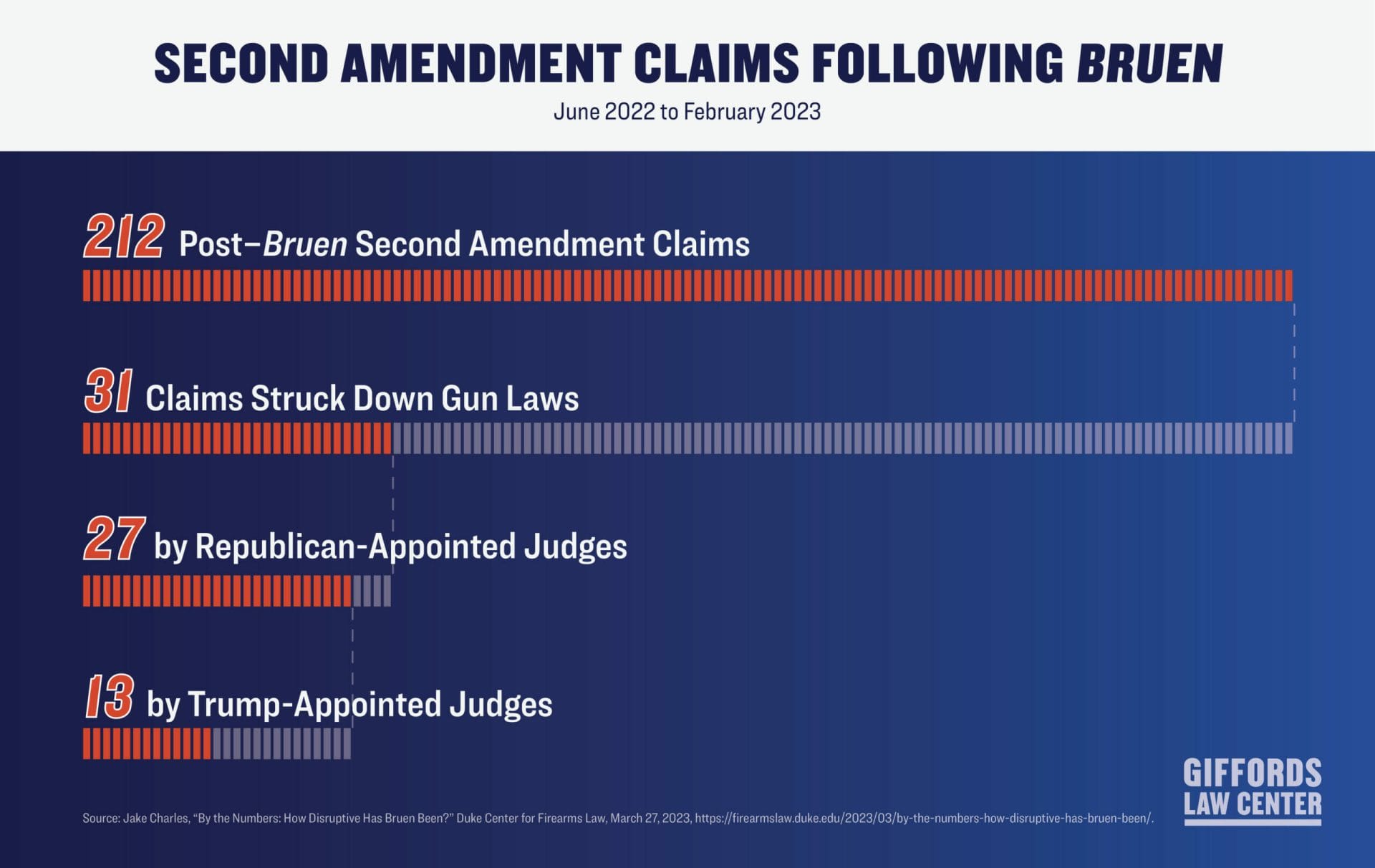
Judges in these cases have misapplied Bruen’s framework. Instead of applying the Second Amendment’s plain text and reasoning by analogy to our historical tradition, these judges have looked past the plain text and demanded exact historical twins to justify any modern regulation of firearms.
In United States v. Quiroz, the court held that the federal law banning those under indictment from obtaining a firearm violated the Second Amendment. In that case, the defendant had been indicted in state court for felony burglary charges. Thereafter, the defendant lied to a federally licensed firearms dealer in an attempt to obtain a new semiautomatic handgun.
The court dismissed all of the government’s arguments in support of the law’s constitutionality and instead found that those under indictment for serious felonies have a right to go out and obtain new weapons. In so doing, the court misapplied both Bruen and Heller. First, the court refused to consider how the law fit within the “presumptively lawful” category of firearms restrictions blessed by the Supreme Court in Heller. Instead, the court found Heller’s discussion of presumptively lawful regulations to be irrelevant dicta “entitled to little deference.” Second, the court rejected the many historical laws the government offered that were analogous to the federal law, such as colonial surety laws and other historical laws that allowed for the disarming of dangerous individuals.
The court in Quiroz was direct. In its view, Bruen “creates an almost insurmountable hurdle” for the government and thus calls into question almost all gun laws.
In United States v. Rahimi, perhaps the most outrageous post-Bruen decision, a panel of the Fifth Circuit Court of Appeals held that the federal law barring persons subject to a domestic violence order from possessing firearms violated the Second Amendment. The panel was composed of three Republican-appointed judges, two of whom were appointed by former President Trump. In the opinion, the court found that an individual who had allegedly assaulted the mother of his child, who was subject to a state restraining order in Texas due to this abuse, and who faced multiple other state firearms charges, still retained an unfettered right to possess a weapon. The court reached this absurd result through an unduly narrow application of Bruen. Despite the government’s invocation of a litany of analogous historical laws, the court went out of its way to reject them all based on a myopic reading of how each historical law operated individually.
In both of these cases, the courts disregarded Bruen’s guidanceand instead demanded the government produce a historical “twin” to the challenged provision in order to justify its constitutionality. The government has asked the Supreme Court to review the Fifth Circuit’s decision in Rahimi. As GIFFORDS Law Center wrote in an amicus brief to the Court supporting the government,the Supreme Court must step in to rein in these radical courts. The Court must reaffirm one of the key tenets of Heller and Bruen: the Second Amendment is not unlimited.
Conclusion: Moving Forward
Bruen has emboldened challengers to bring lawsuits against gun laws at an unprecedented rate. And yet, in the vast majority of the cases from the past year, these challenges have been unsuccessful. Unfortunately, a small number of judges have misapplied Bruen and have struck down traditional, commonsense gun laws. The Supreme Court needs to step in and make clear that state, federal, and local governments retain the power—and indeed, the urgent responsibility—to fight gun violence.
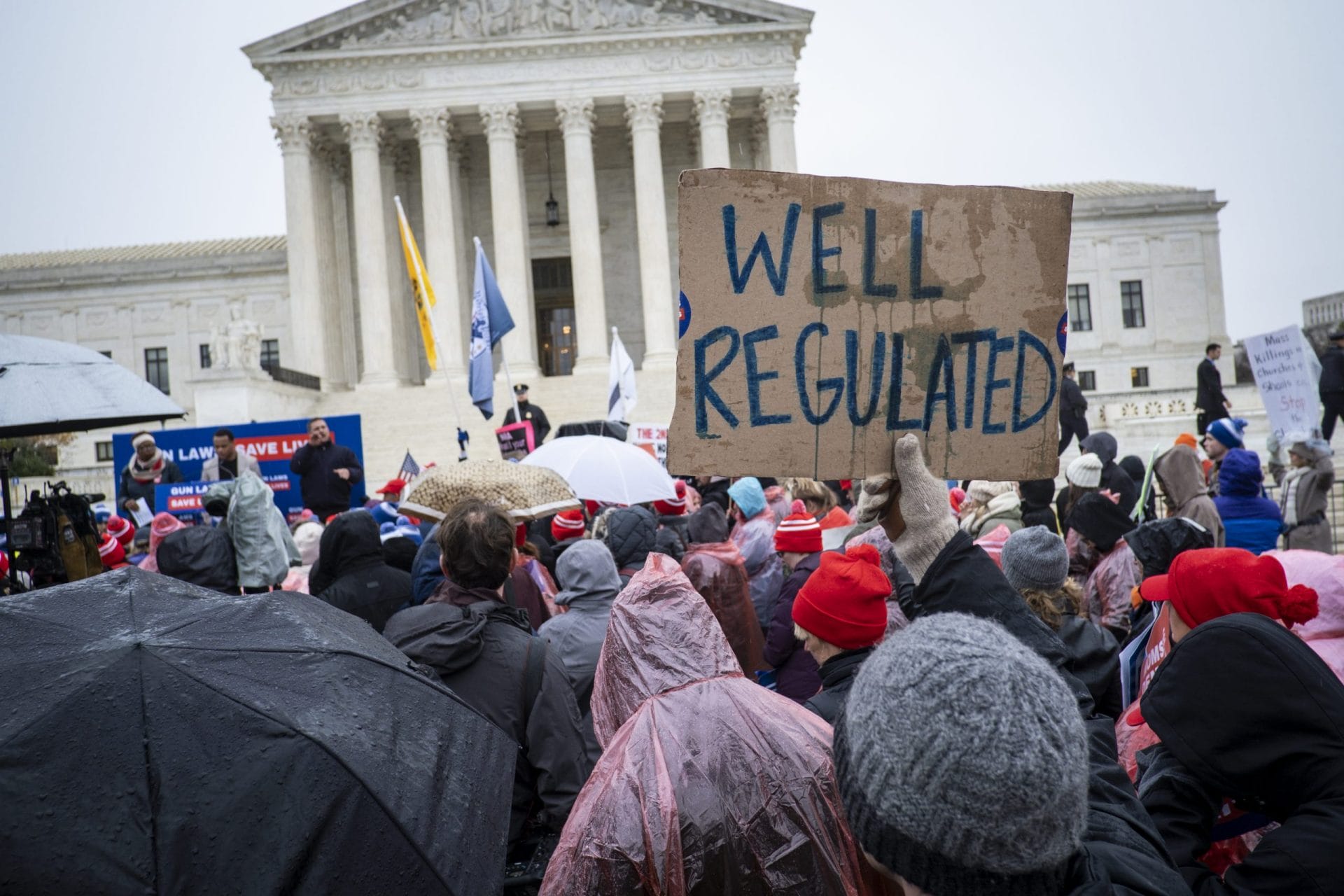
LItigation
the courts
Explore our work defending lifesaving gun laws in the courts and fighting to debunk the gun lobby’s dangerous arguments about the Second Amendment.
- United States v. Bullock, No. 3:18-CR-165-CWR-FKB, 2022 U.S. Dist. LEXIS 203513, at *1 (S.D. Miss. Oct. 27, 2022).[↩]
- United States v. Kelly, No. 3:22-cr-00037, 2022 U.S. Dist. LEXIS 215189, at *9 (M.D. Tenn. Nov. 16, 2022).[↩]
- Jake Charles, “By the Numbers: How Disruptive Has Bruen Been?” Duke Center for Firearms Law, March 27, 2023, https://firearmslaw.duke.edu/2023/03/by-the-numbers-how-disruptive-has-bruen-been/.[↩]
